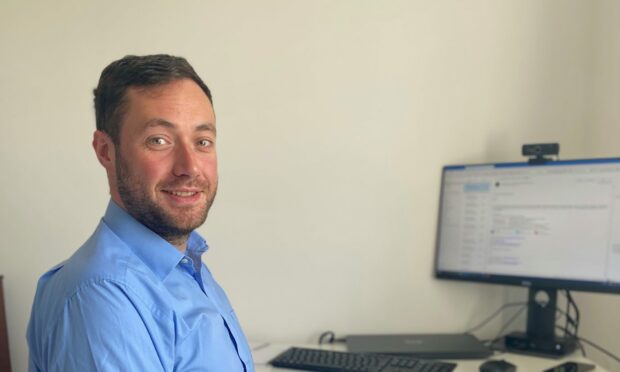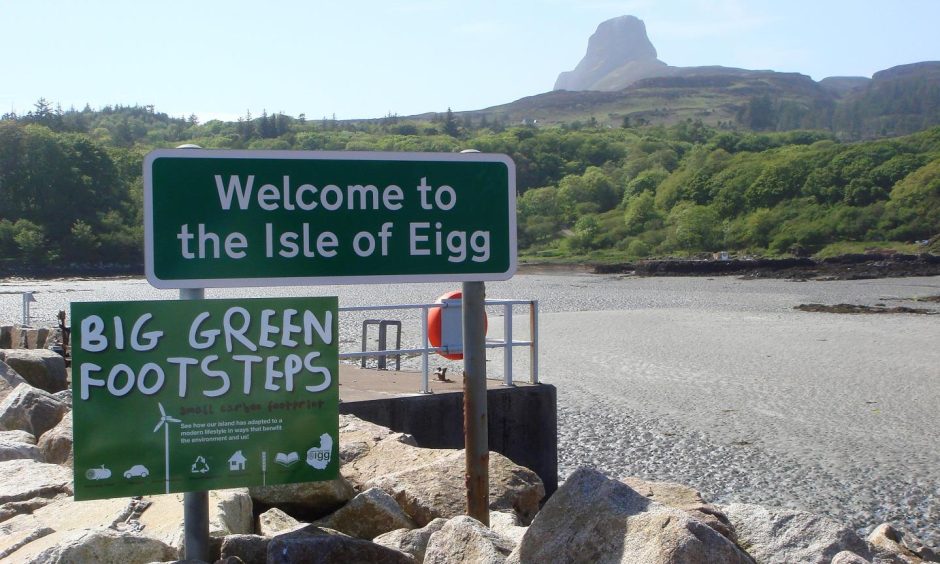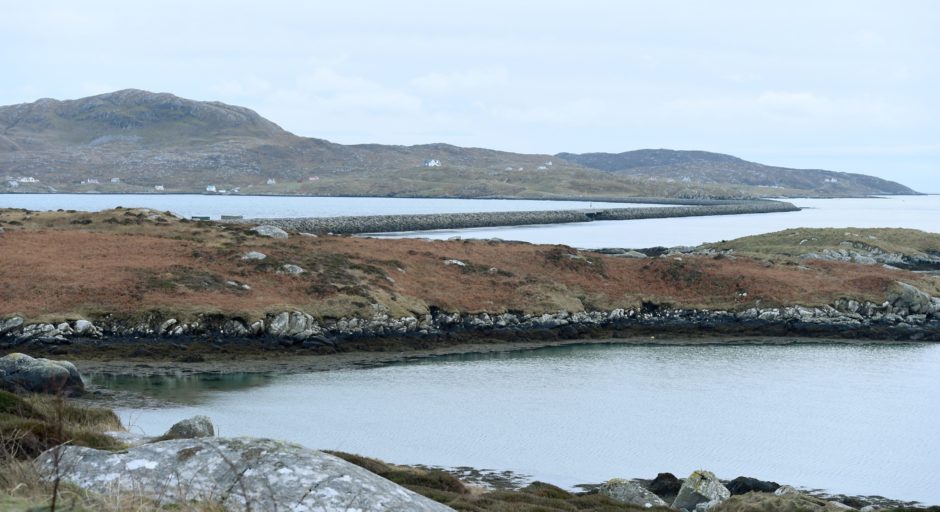Why is community land ownership so prevalent in the Outer Hebrides – and can the rest of Scotland learn from it?
As Community Land Week events continue across the country, eyes are on the current state of community ownership in Scotland.
Published earlier this month, the ‘Community Ownership in Scotland 2022’ report lays out the most recent figures.
A staggering 72% of community-owned land in Scotland is in the Na h-Eileanan Siar constituency.
That reflects a succession of community buyouts in the Outer Hebrides in recent years.
Overall, however, there has only been a 2% increase in community-owned assets in Scotland since 2021.
Figures ‘stark’, says Community Land Scotland
“We’re not surprised, but we’re disappointed,” says Linsay Chalmers of Community Land Scotland, regarding the figures.
While the trends around community land ownership were already known, she says it was “stark to see it laid out like that”.
So why has community land ownership not caught on as successfully outside of the Western Isles?
‘Connectedness to the place’
Finlay MacLennan runs Community Land Outer Hebrides (CLOH), which works to support community ownership across the Western Isles.
He says that it’s not just one factor that led to so many community buyouts.
It’s true, he says, that people in the Western Isles have a strong “connectedness to the place” where they live.
“But that’s not unique to the Western Isles – it’s not unique to Scotland.”
Community land buyouts ‘righting historical injustices’
It is painful recent history combined with that cultural background that has, he says, motivated communities to reclaim their islands.
“The opportunity of land ownership […] played at people’s heartstrings a little in terms of righting some of the historical injustices there have been, in terms of people’s relationship with the land.”
He points not only to the Highland Clearances, but to the promise of land after the First World War that “wasn’t realised until [islanders] forced the issue themselves”.
“So it’s kind of like we owe it to ourselves as a community, historically, to take the opportunity.”
That opportunity came after the buyout of North Assynt Estate in 1993 proved it community ownership could work. The island of Eigg quickly followed suit – and that kicked off a chain reaction across the Western Isles.
Help from the Government came soon after, with the 2003 Land Reform (Scotland) Act and the Scottish Land Fund.
Mr MacLennan points out that, for one big reason, community ownership was able to catch on in the 2000s more quickly than it might have today.
“Land valuations were low,” he says. “It wasn’t so much of a financial stretch for communities.”
But money, Mr MacLennan points out, is only part of the equation.
‘The right people, at the right time’
“It’s people,” he says. “The right people, at the right time, with the right skill set to be able to build the appropriate connections and bring their community along with them on the journey.”
And it’s not just the people in the individual areas themselves that help the buyouts happen.
One of the reasons community land ownership took off in the Western Isles, Mr MacLennan says, is through the work of Stornoway-based solicitor Simon Fraser.
Mr Fraser, who died in 2016, worked on the legal side of buyouts across the islands.
But despite their shared history and background, Mr MacLennan says every community-owned area is unique. And that’s where CLOH comes in.
“It’s about coordinating between the groups when they’re all coming across the same opportunities and the same challenges,” he says. “So they’re all learning from each other and sharing their own experiences […] and ultimately all trying to achieve the same thing, of sustainability for their own communities.”
But even as they learn from each other, the community landowners of the Western Isles are teaching the world.
What can the rest of Scotland learn from the Western Isles?
Mr MacLennan says that the Outer Hebrides are important not just as an example of how community buyouts can be achieved, but of what happens next.
“These are the experts – they’re the people who have been and done it,” he says.
“For a lot of them they now have 10, 15 years of experience of what it looks like on the other end.”
Part of CLOH’s work is now not only supporting community land ownership in the Western Isles, but helping other communities learn about what a buyout might look like for them.
Earlier this year, there was an “exchange”, where groups from across Scotland came and visited the Western Isles.
A mix of groups got involved, Mr MacLennan says. “There were some there that had been involved in the community land journey as long as some of the groups here, but were still interested to hear what developments had happened here.”
“Sharing and learning is very key.”
More local reporting from the Western Isles:
- I went to the ‘connectivity’ Islands Forum in Stornoway – and then couldn’t get home
- A ferries ‘task group’ but no compensation: What did the Islands Forum mean for people in the Western Isles?
- ‘Pulse of the landscape’: North Uist artistic collective celebrates latest exhibition amid fight for island’s art course



Conversation